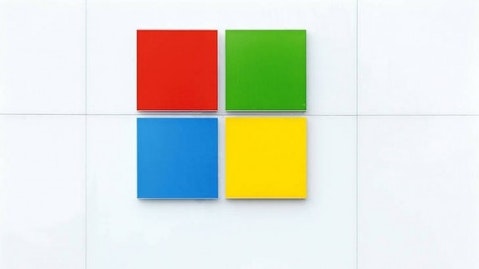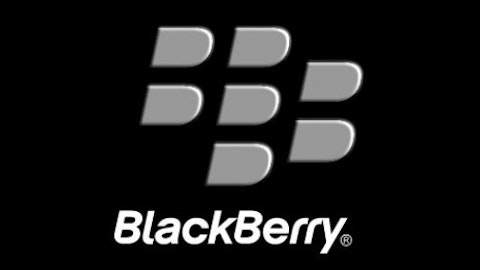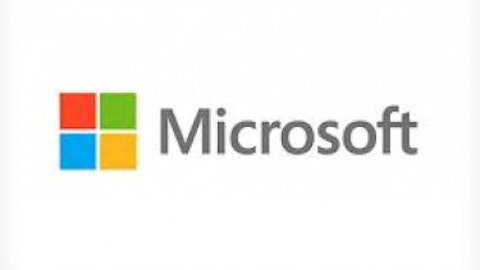When I think of the current state of the video game industry, which is characterized by declining hardware and software sales being propped up by endless refreshes of tired franchises, I like to reminisce about the good ol’ days of gaming, when video games resembled games more than Hollywood movies.
Perhaps it’s because I’m not a kid anymore, but the recent releases of Microsoft Corporation (NASDAQ:MSFT)’s Xbox One and Sony Corporation (ADR) (NYSE:SNE)’s Playstation 4 did little to capture the imagination that Nintendo’s magical franchises of Mario and Zelda effortlessly did in the past. So in this article, I’d like to revisit some of the core philosophies of Nintendo’s legendary game maker Shigeru Miyamoto, the man who created Mario, to see how his ideas can be applied to today’s struggling industry.
Producing a console for the untapped masses
Miyamoto once stated that his wife was a big inspiration for the creation of Nintendo’s best-selling console, the motion-controlled Wii. He explained that his wife was not very interested in his work, since many video games were too difficult for non-gamers to pick up and play. Therefore, Shigeru Miyamoto and Nintendo’s design team created simple, motion-controlled games that toddlers to grandparents were able to pick up and play with ease. In doing so, he tapped into a previously unreached market that led to nearly 100 million Wii consoles being sold worldwide over the past seven years.
Today, Microsoft Corporation (NASDAQ:MSFT) and Sony Corporation (ADR) (NYSE:SNE) have two approaches to this market, and it appears that Microsoft Corporation (NASDAQ:MSFT) is appealing to the masses much more than Sony Corporation (ADR) (NYSE:SNE). To aim its device at a non-gaming public, Microsoft Corporation (NASDAQ:MSFT) produced the Xbox One as an “all-in-one entertainment system” designed to be both a gaming system and a home media device, sharing characteristics with Apple Inc. (NASDAQ:AAPL) TV and Google Inc (NASDAQ:GOOG) TV devices. It features gesture and voice controls, as well as apps that bring Skype, Internet Explorer and multimedia applications into the living room. Meanwhile, Sony Corporation (ADR) (NYSE:SNE) is focusing on gaming first and media consumption second with the Playstation 4, which features cloud-based gaming, video and music streaming services.
Power isn’t everything
Miyamoto once stated, “Too many powerful consoles can’t coexist. It’s like having only ferocious dinosaurs. They might fight and hasten their own extinction.”
This is one of Miyamoto’s more controversial statements, since both the Wii and its successor, the Wii U, were considerably weaker under the hood than Microsoft Corporation (NASDAQ:MSFT) and Sony Corporation (ADR) (NYSE:SNE)’s consoles of the same generation.
This disparity has been troublesome for some video game companies, which often port a single title over comparably-powered platforms, such as the XBOX 360, Playstation 3 and the PC. To reach Wii gamers, publishers have to create new titles that can run on lower-powered Wii consoles, with specifically modified motion controls. This is particularly true of the eighth generation Wii U, which has a slower processing speed than both the Xbox One or Playstation 4, and uses a proprietary second screen interface. This lack of horsepower and the use of proprietary controls has frustrated major publishers such as Electronic Arts Inc. (NASDAQ:EA), which recently stated that the Wii U “just isn’t a priority.”
Therefore, I think that Microsoft Corporation (NASDAQ:MSFT) and Sony are right to create the highest-end gaming hardware possible to remain on even footing with PCs, and to retain similar control schemes that allow publishers to easily port their titles across all three platforms without drastic modifications.
| Playstation 4 | XBox One | Wii U | |
| Hard Drive | 500GB HDD (upgradeable) | 500 GB (HDD) | 32 GB Internal flash memory, Deluxe Set; 8 GB Internal flash memory |
| Memory | 8 GB GDDR5 (unified) (7 GB available to games) | 8 GB DDR3 (5 GB available to games) | 2 GB (1 GB available to games) |
| CPU | Semi-custom 8-core AMD x86-64 CPU (integrated into APU) | AMD 8 core APU (2 Quad-Core Jaguar modules) | Multi-Core IBM PowerPC “Espresso” |
| Graphics | Semi-custom AMD Radeon GPU (integrated into APU) | AMD Radeon variant (inside of APU) | 550 MHz AMD Radeon GPU “Latte” |
| Price | $399 | $499 | $299 |
Therefore, I have to disagree with Miyamoto’s “dinosaurs” comparison – power matters in the video game universe, especially when publishers are concentrating on producing games for both PCs and consoles. Lastly, since the Playstation 4, Xbox 360 and higher-end PCs all sport similar CPU and GPU architectures, it will be much easier to create games across these three platforms.





